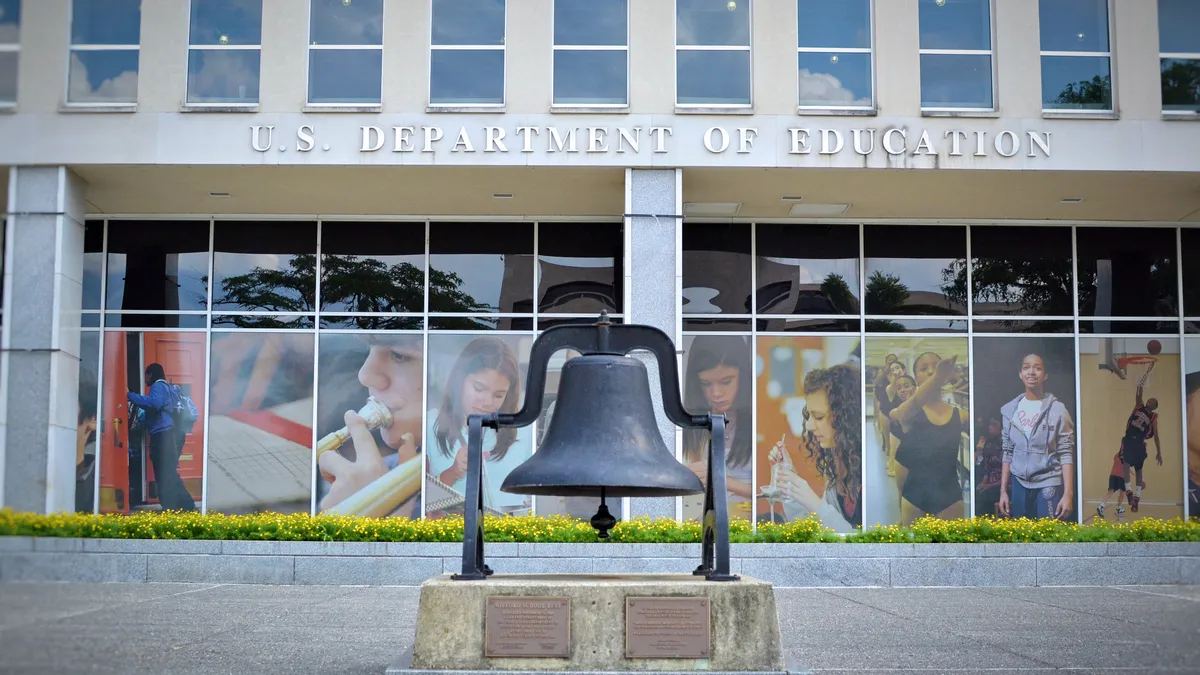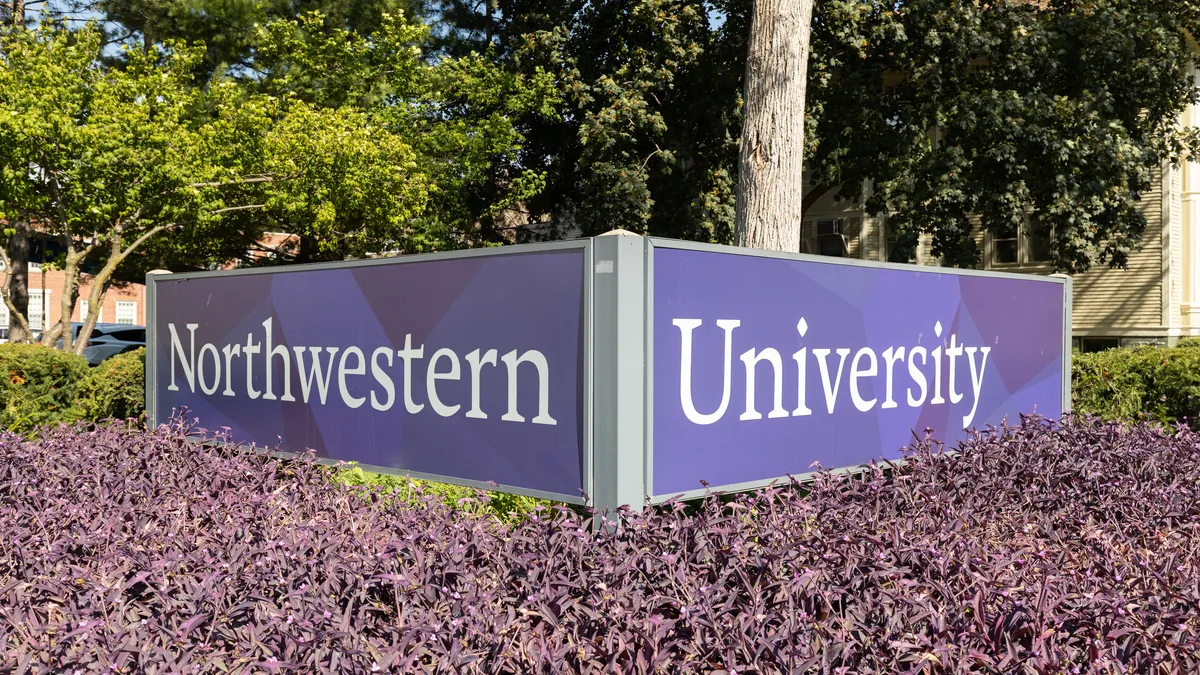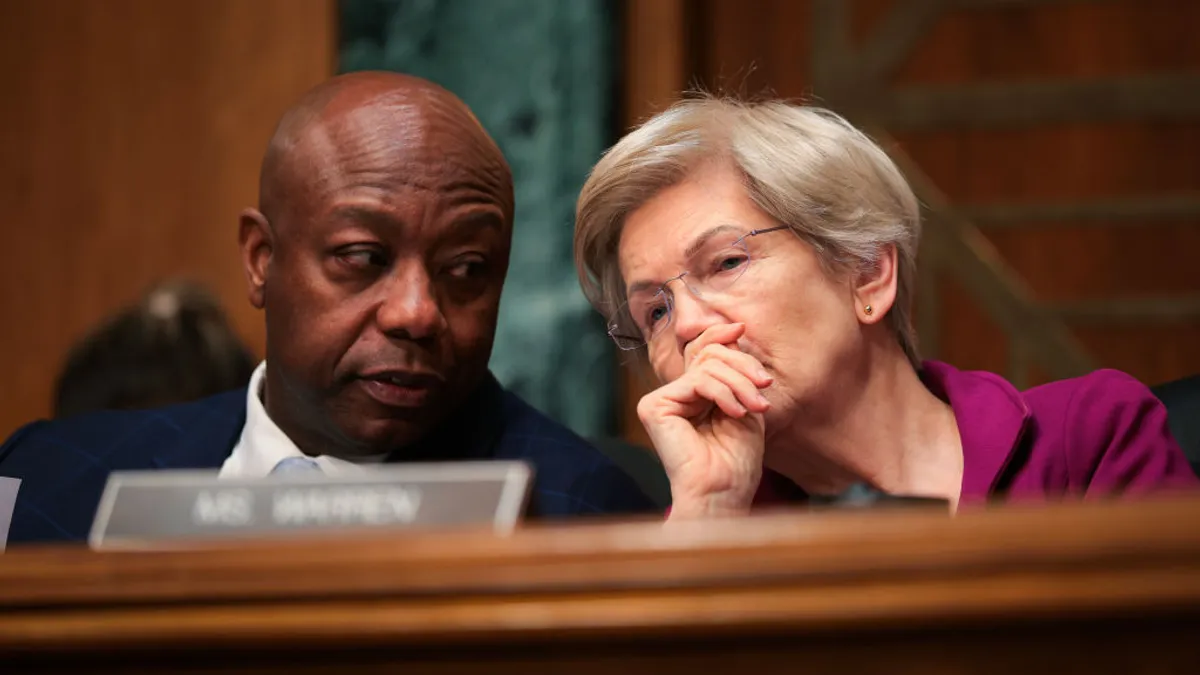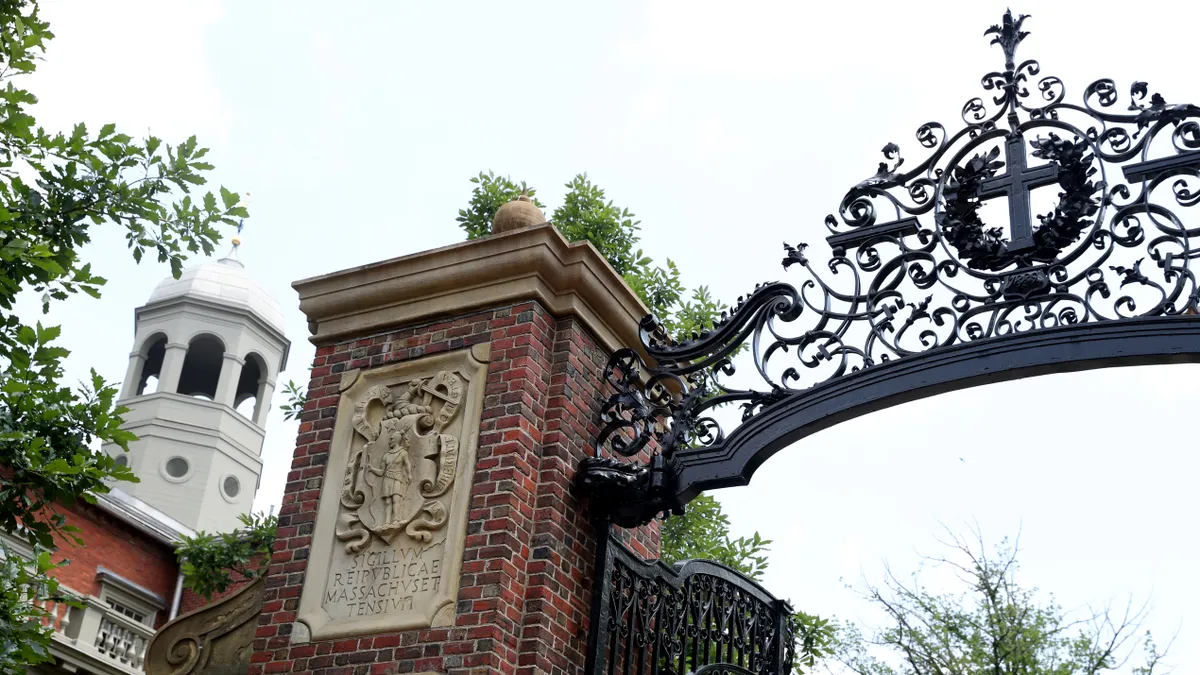Simon Boehme is a member of the National Advisory Committee on Institutional Quality and Integrity (NACIQI) and an entrepreneur based in San Francisco.
This week, I will complete my final meeting as a member of the National Advisory Committee on Institutional Quality and Integrity (NACIQI), having served six years as the student representative on the committee. To answer the question former President Ronald Reagan asked of voters, I think we're leaving the accreditation world better off today than it was six years ago.
But that improvement is fragile and is still greatly at risk following new actions by U.S. Education Secretary Betsy DeVos.
When I took my seat as a NACIQI member in 2013, the Great Recession had peaked, and students who couldn't find work were filling American classrooms in droves. For-profit colleges boomed; public colleges started to buckle from the financial pressures they faced as states cut budgets even while enrollment spiked; and the poor outcomes of many colleges left students carrying unmanageable student loan debt, often with no degree of value to show for it.
Within a few years, major collapses of for-profit colleges that were found lying to their students and offering programs of shoddy quality had changed the higher education landscape dramatically. And accreditors, those arbiters of academic quality, had done little to either prevent the most concerning crises in quality or stem their bleeding.
In 2015, NACIQI took action in its role as an independent adviser to the education secretary. We began to explore a central obligation of accreditors: to establish effective standards measuring student achievement.
We rolled out a pilot that asked accrediting agencies to describe their uses of data points like graduation rates, and elevated student outcomes as a core responsibility in accrediting agencies' review and approval of colleges. We requested data from the department regarding the portfolios of each accrediting agency and crafted a set of questions we would pursue with each accreditor to come before us. The accreditor dashboards were born, and the inquiry became ingrained in the rest of our work evaluating accrediting agencies and making recommendations to the secretary.
Pretty quickly, things began to change.
Accreditors are better prepared to answer questions about their institutions' records on student achievement and their standards on the subject.
A coalition of regional accreditors combined forces to explore colleges with low graduation rates and launched an effort to benchmark the performance of peer institutions to more clearly identify poor-performing colleges. Several accreditors began to collect data on student loan repayment outcomes; one is intensifying its reviews of underperforming colleges. Some are getting tough on institutions whose outcomes don't pass muster. Others are working to incorporate student outcomes like graduation rates into their regular reviews of institutions.
These efforts mean more accreditors are taking seriously their responsibility to ensure a college provides a minimum return on investment to students — and that more colleges will focus on that responsibility as a result.
All that could be undone in a heartbeat, though. And that's why I'm worried about the future of accreditation and the future of NACIQI.
Accreditors didn't change their policies simply because it was the right thing to do, or because they were forward-thinking. In the early days of the NACIQI pilot, many accreditors were alternately combative and defensive when presented with the cold, hard facts of poor outcomes at some or even many of their colleges. If those facts are swept under the rug, I'm confident accreditors will be only too happy to look the other way once again.
Unfortunately, that appears to be on the horizon.
In June, Secretary DeVos released an updated Accreditation Handbook — the bible for accreditors undergoing review by the department, filled with guidance about how they can show compliance with federal requirements. In it, the department buried small hints that accreditors can't use data the way they are now.
Many career training-focused agencies currently use job placement rates, typically calculated using student survey information and verified to differing degrees of accuracy by the agency. The handbook now prohibits accreditors from using self-reported data unless the job placement rate remains hidden from students. Agencies are effectively required to regression-adjust any data points they use — a significant shift from current practice for many — or risk being found out of compliance.
Additionally, the handbook requires agencies to document when they will give institutions "waivers" from student achievement and other standards, forcing loopholes and weak enforcement into accreditors' governing documents.
Accreditors didn't change their policies simply because it was the right thing to do, or because they were forward-thinking.

And while the latest edition of the handbook is just a placeholder, with its use voluntary, the changes are further magnified in a forthcoming regulation recently proposed by the Trump administration. That new regulation backtracks on years of progress in furthering accreditors' willingness to take action when colleges fall short of their expectations, hiding key evidence from NACIQI so it can't weigh in with an independent recommendation about individual accreditors, and lowering the bar for accreditors to remain in good standing with the Ed Department.
Taken together, these changes spell trouble and a serious walking back of the progress NACIQI (and accreditors) have made in recent years. As I step back from NACIQI along with four other members, I am keenly aware that, for all the work we did with the other members of the committee, the changes may be fleeting.
That will be to the misfortune of America's students, who deserve a valuable education protected by the accrediting agencies that promised to serve as guardians of quality.





















